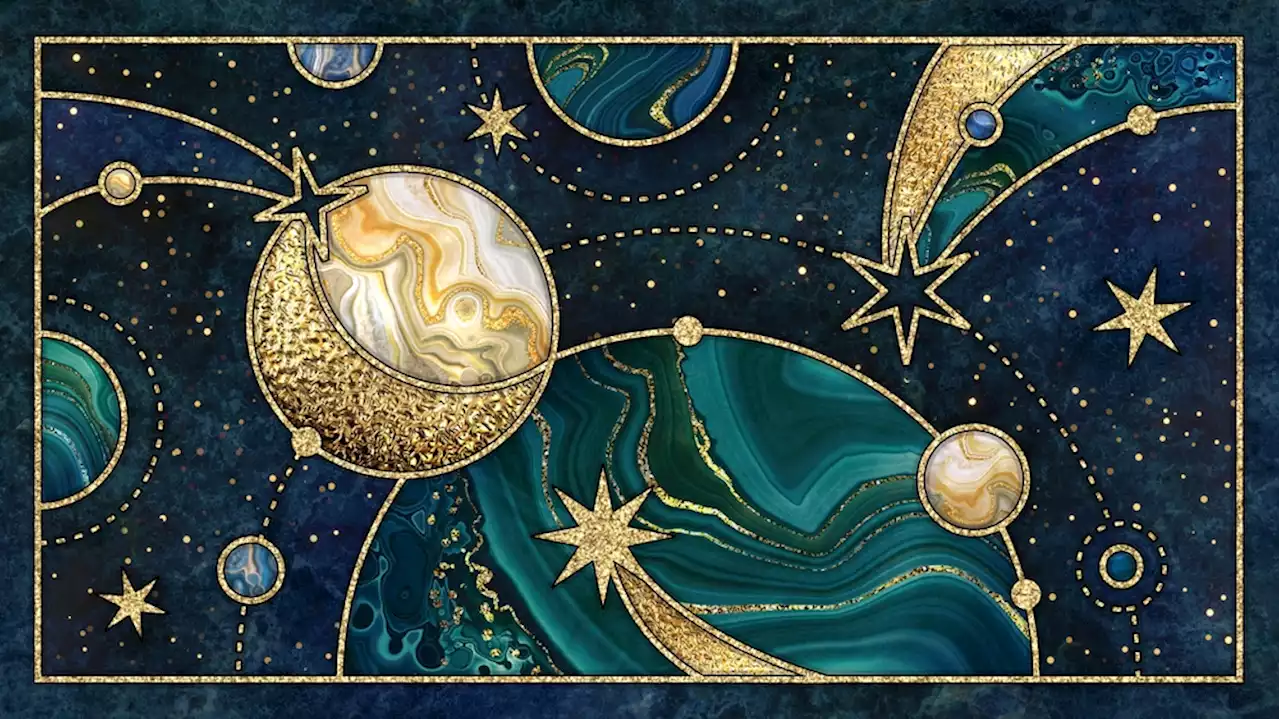Scientists have long wondered how complex life emerged in a universe of ever-increasing disorder. Now a group of scientists think they now know. Click the link to read more.
One of the great mysteries of science is how life fits into our broader understanding of the universe. In particular, many theorists have wondered who the great complexity of life can be reconciled with the laws of thermodynamics that suggest that all systems must inevitably decay to a state of greatest disorder.
Kauffman, Smolin and co begin with an entropic inventory of the universe. This is essentially a count of all the number of states possible in the universe. They begin with particles — the total entropy associated with particles is of the order of 10^90. However, the entropy of all the black holes is much larger at about 10^104.
But this way of thinking turns out to be wrong, they say. Their key idea is that the number of possible biological states must counted in a different way to the other states in the universe. And it is this new way of counting that dramatically changes the calculus behind the entropic budget of the cosmos.
This combinatorial process is fundamentally different to the ones that physicists generally consider, and which are governed by the laws of physics. These laws place important constraints on what states can and can’t form.By contrast, there are no “laws of biology” that prevent certain configurations from appearing. Indeed, any of them is possible. That’s why the configuration space is so large and ever increasing.
Using this thinking, the researchers calculate that when life first appeared on Earth some 3.8 billion years ago, this configuration space had in the region of 10^10^237 potential states.
